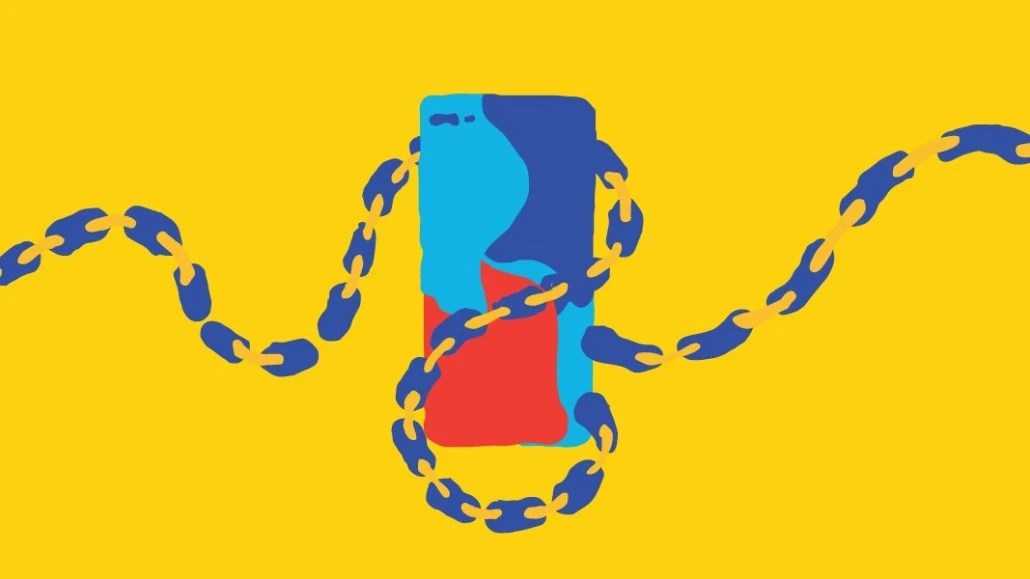
Derick Jaros, head of industry, commerce, Yext
Brands have more opportunities to engage with customers than ever. Aligning messaging across all of the channels open to them — brick-and-mortar, websites, social media — creates an exceptional customer experience that isn’t just transactional: it’s an entire ecosystem built around a brand.
In multichannel marketing, each channel is deployed separately. For example, each team running a brand’s website, social media and brick-and-mortar stores has its own strategies. That scenario expands further in omnichannel marketing: All these channels are connected through consistent messaging, branding and overall customer experience.
For example, take a fictional coffee shop called Mapple’s. A customer uses the Mapple’s app to order a vanilla latte before they reach the cafe, checking their loyalty points at the same time. When they arrive to pick up their latte, the logo on the cup is the same as on the app.
That evening, the customer receives an email, complete with Mapple’s branding, with an offer of a free vanilla latte when they buy a bag of coffee beans from the Mapple’s website. The transaction also earns them loyalty points, which they see on the app and their online account.
This is an omnichannel experience, and it’s one customers want and expect. The evidence is in how they interact with the digital space.
According to research by Google, 90% of people who own multiple devices switch between them when working on one task and use an average of three devices daily.
If brands can provide a consistent experience across all those platforms and devices, they make it easier for customers to find what they’re looking for, which ultimately increases the likelihood that they’ll make a purchase.
Additionally, omnichannel has also been shown to increase customer retention and loyalty. According to Worldpay, customers who shopped across multiple connected channels (i.e., in an omnichannel style) spent 50%–300% more than those who used a single channel.
Optimizing all brand channels for omnichannel
Every channel has to pull its weight in an omnichannel strategy. It needs to sync with the others in terms of messaging, branding and experience while also being optimized to bring out its own particular strengths.
For example, a brand’s website is where people go for information and shopping, so it needs to be informative and easy to navigate. In comparison, TikTok is an opportunity to promote brand identity and engage with users. Both channels need to use the same branding and messaging, but the content will be different to provide a consistently strong customer experience in both instances.
This need for universal high quality extends to devices too. Successful omnichannel marketers ensure that websites are equally polished for people using their cell phones or laptops.
Although omnichannel technically means using every available channel, many companies just starting out begin with three channels and perfect those strategies before branching out. A website, social media and email are good starting points.
How data unlocks customer understanding
Omnichannel takes coordination and work to get every channel up to speed. Marketing teams are working smarter, not harder, by collecting data that shows what customers want from a company’s respective channels and how customers want each channel to interact with the others.
When analyzed, data on customers’ interactions with a company’s platform and marketing helps determine the most popular channels and typical user journeys. For example, are people going from emails to the app or social media to the website? Once brands know that, they can tailor the user interface to make that navigation easier or steer them to a different channel entirely.
Data can show how well an omnichannel approach is working. Metrics that help determine this include customer retention rate, customer acquisition cost and lifetime value. This information helps establish how an omnichannel strategy works across all the different channels and devices and wins marketers all-important leadership buy-in.
Finally, a brand learns more about its customers based on what they’re searching for on the company site. Tracking common searches and frequently asked questions by tapping into a site search provider allows companies to update their offerings and content accordingly.
Why omnichannel is pathway to personalized marketing
An omnichannel strategy is appealing because customers have a more streamlined experience; the company knows who they are, no matter what channel a customer uses to interact with a brand. And if a company has that information, customers assume that the company also has the kind of information used to create customized experiences — which can mean product recommendations, personalized search results and more.
Customers expect companies to know which types of products they typically look at or their preferred price range. Marketers can dive deeper and learn what time customers normally browse, when they usually complete a purchase and which device is used for each activity.
Customers also expect brands to know how often they click on social media ads, how often that converts to purchase and which types of emails they’re most likely to open.
Omnichannel isn’t just about showing every customer the same branding across channels. It’s about recognizing every customer, regardless of where they’re shopping, and providing a personalized experience that makes them want to buy and come back.
Sponsored by: Yext
More from Digiday

What does the Omnicom-IPG deal mean for marketing pitches and reviews?
Pitch consultants predict how the potential holdco acquisition could impact media and creative reviews heading into the new year.

AdTechChat organizers manage grievances amid fallout of controversial Xmas party
Community organizers voice regret over divisive entertainment act at London-hosted industry party, which tops a list of grievances.

X tries to win back advertisers with self-reported video stats
Is X’s big bet on video real growth or just a number’s game?





